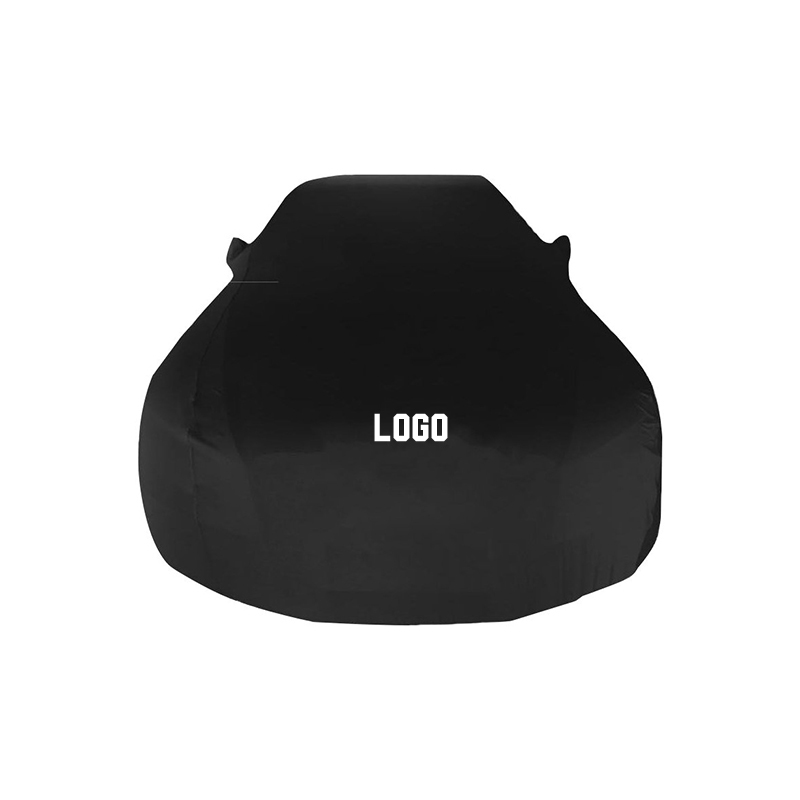Introduction:
Mold growth in cars is a common issue that many car owners face, and its presence can be both an unpleasant and health-threatening problem. Not only does mold create musty odors, but it can also degrade the interior materials of your vehicle and cause allergic reactions. Understanding the root causes of mold growth in cars can help you take proactive steps to prevent it. In this article, we’ll explore the factors that contribute to mold, how it affects your car and health, and the best ways to keep your car free from mold.
What is Mold and Why Does It Grow in Cars?
Mold is a type of fungus that thrives in damp, dark environments. It produces spores that can spread quickly, settling on surfaces and feeding on organic matter. Mold requires three key conditions to grow: moisture, organic material, and warmth. Inside a car, these elements can combine in various ways, creating the perfect environment for mold to flourish.
The Key Factors That Contribute to Mold Growth in Cars:
Excess Moisture:
The most significant factor leading to mold growth in cars is moisture. Moisture can enter a vehicle through a variety of sources, including:
Spills: Water, beverages, or other liquids spilled inside the car can be absorbed by the seats, carpets, and upholstery, providing the moisture mold needs to grow.
Rain or Snow: If your vehicle isn't properly sealed, rain or snow can leak into the cabin, soaking the interior materials.
High Humidity: Humid climates or periods of rain increase the overall moisture in the air, which can accumulate inside a car, especially if the windows are left slightly open.
Condensation: In cars with poor ventilation or air conditioning systems, condensation can build up on windows and other surfaces, promoting mold growth.
Lack of Ventilation:
Poor ventilation inside the vehicle is a major contributor to mold growth. When the air inside a car isn’t circulated properly, humidity levels increase, creating a damp environment where mold can thrive. This is particularly problematic in vehicles that are left closed up for extended periods.
Clogged or Poorly Maintained HVAC System:
The car’s heating, ventilation, and air conditioning (HVAC) system is designed to regulate the interior temperature and humidity levels. However, if the system is clogged with dust or has moisture buildup, it can become a breeding ground for mold. A malfunctioning air conditioning system can also leave moisture in the car’s ducts, leading to mold growth.
Carpet and Upholstery Materials:
Materials like carpets, floor mats, and fabric seats tend to absorb moisture, making them ideal breeding grounds for mold. If these materials are not adequately dried after exposure to moisture, mold can quickly begin to form.
How Does Mold Affect Your Car?
Mold can have several negative effects on both your car and your health. Here are some of the most common issues:
Damage to Car Interior:
Foul Odor: One of the first signs of mold in a car is a persistent musty smell. This odor can be difficult to remove, as the mold spores penetrate deep into the upholstery and carpet fibers.
Stains and Discoloration: Mold can cause unsightly stains on your car’s seats, carpets, and headliner. Over time, these stains can become permanent and degrade the value of your vehicle.
Degradation of Materials: Mold can break down materials like leather, fabric, and plastic. It can weaken the structural integrity of the materials, causing them to deteriorate or crack.
Health Risks:
Respiratory Issues: Mold produces spores that can be inhaled, leading to respiratory problems such as coughing, sneezing, wheezing, and congestion.
Allergic Reactions: Mold can trigger allergic reactions in sensitive individuals, causing symptoms like itchy eyes, skin rashes, headaches, and sinus problems.
Infections: In severe cases, mold exposure can cause infections in individuals with weakened immune systems or pre-existing conditions like asthma.
How to Prevent Mold in Your Car
Preventing mold growth in your car is all about reducing moisture, increasing ventilation, and maintaining cleanliness. Here are some practical steps to protect your vehicle:
Dry Wet Surfaces Immediately:
If you spill water or any other liquid inside your car, clean it up immediately. Drying the surfaces promptly will prevent moisture from seeping into the upholstery and carpet. If possible, remove the seats or mats to dry them thoroughly.
Keep Windows Closed and Sealed:
Ensure that your car windows and doors are sealed properly to prevent rainwater from entering. If you live in a humid climate, consider using a dehumidifier inside your car when parked.
Regular Cleaning and Maintenance:
Regularly vacuum the carpets, upholstery, and floor mats to remove dirt and moisture. Wash and condition the upholstery to prevent mold spores from settling on the fabric. Additionally, check the air conditioning system regularly and replace the filters to ensure proper airflow.
Use Silica Gel Packs or Dehumidifiers:
Placing moisture-absorbing materials, like silica gel packs or dehumidifiers, inside your car can help reduce excess humidity. These products are designed to draw moisture out of the air, preventing mold growth.
Ventilate Your Car:
Whenever possible, keep the windows slightly open to allow fresh air to circulate. If your car has a sunroof, open it slightly to improve airflow. Additionally, running the car's ventilation system for a few minutes every day helps reduce moisture buildup inside the cabin.
Cover Your Car:
If you're storing your car for an extended period, consider using a car cover that allows for air circulation. A breathable cover can protect the vehicle from humidity and prevent mold formation.
How to Remove Mold from Your Car
If mold has already developed in your car, here’s how you can remove it:
Clean Surfaces with Mold-Killing Solutions:
Use a mixture of water and white vinegar, hydrogen peroxide, or a store-bought mold remover to clean the affected surfaces. Scrub the areas thoroughly with a brush to remove the mold spores.
Use Baking Soda:
Baking soda is another natural remedy that can help eliminate mold and absorb odors. Sprinkle it onto affected areas, let it sit for a few hours, and then vacuum it up.
Deep Clean Upholstery:
For fabric seats, use a steam cleaner to disinfect the upholstery and remove any remaining mold. Leather seats should be cleaned with a mild soap solution and conditioned afterward to restore their quality.
Air Out the Car:
After cleaning, leave your windows open and let the car air out. This will help remove any residual moisture and reduce the chances of mold returning.
Conclusion:
Mold in cars is a serious issue that can affect the vehicle’s interior, your health, and the overall driving experience. By understanding the common causes of mold growth, including excess moisture, poor ventilation, and dirty air conditioning systems, you can take preventative measures to avoid this problem. Regular maintenance and vigilance will keep your car mold-free, ensuring a healthier and more comfortable environment for you and your passengers.

 English
English Español
Español عربى
عربى русский
русский +86-13071889821/13757104168
+86-13071889821/13757104168












